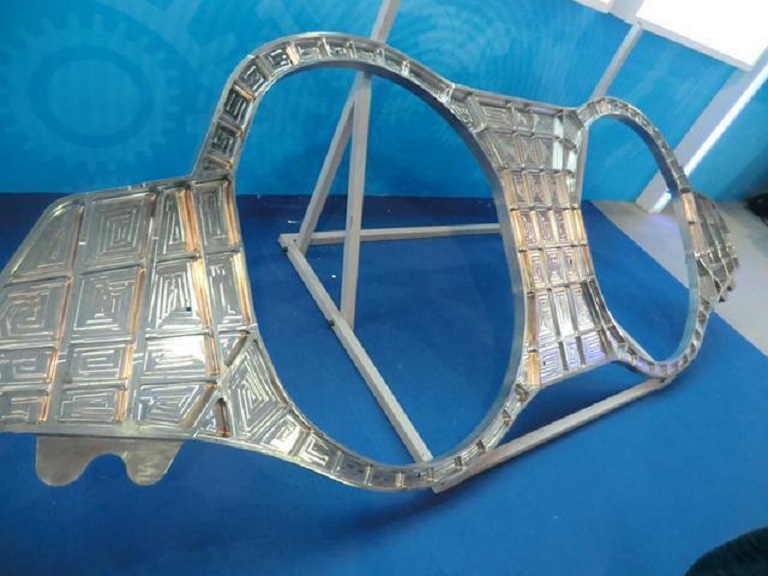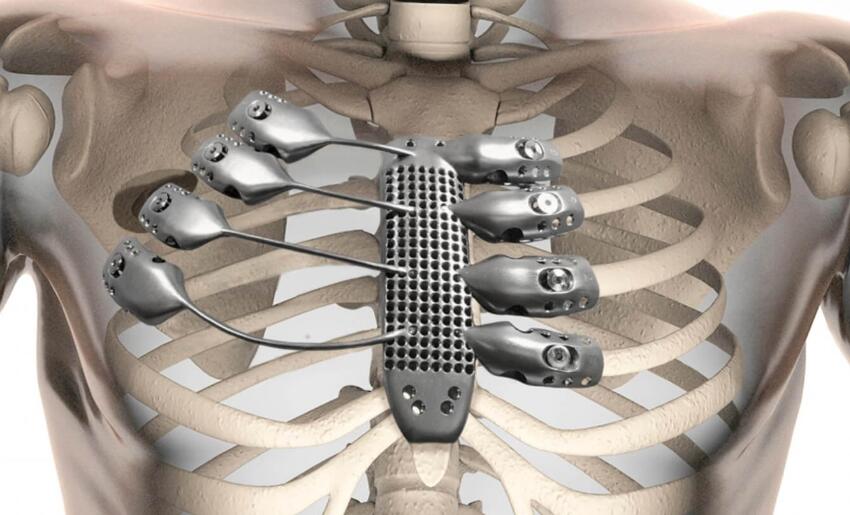
In recent years, 3D printing technology has become a new manufacturing method. Different from traditional manufacturing technology, the 3D printing process integrates digital information technology and manufacturing technology to quickly manufacture 3D objects of any complex shape according to the three-dimensional model of any part, without special molds, and plays an irreplaceable role in the metal forming process. Titanium alloy is one of the most commonly used 3D printing materials and has been widely used in many fields. In this article, let’s take a deeper look at the applications of titanium alloy 3D printing technology.

Applications of Titanium Alloy 3D Printing Technology
Titanium is called a “biophilic” metal, with the advantages of non-toxic and harmless, high-temperature resistance, high corrosion resistance, high strength, low density, good biocompatibility, etc. And its elastic modulus is close to that of human hard tissues. Therefore, it occupies a leading position in the field of medical metals. Nowadays, the 3D printing technology of titanium alloy is mainly used in orthopedics and dentistry.
Orthopedics suitable for 3D technology include orthopedic surgery aids and bone replacements. Using 3D printing technology, titanium alloy artificial bone can be directly manufactured, and after the operation is completed, the effect can be close to the real bone of the human body. In dentistry, 3D printing technology is used to produce dental-related implant parts, such as crowns, bridges, lingual orthodontic brackets, denture brackets, and nails.
3D printing also has unique advantages in the field of molds. Compared with traditional production methods, 3D printing is controlled by a computer and can strictly follow the 3D software drawing to control the size.
For complex parts, there is no restriction on the production path, which can greatly reduce the preparation time of the model and mold, improve the accuracy and quality of the model, and save a lot of time and money.
“Lightweight” and “high strength” have always been the main goals pursued by aerospace equipment R&D and manufacturing, and titanium alloy parts manufactured by 3D printing fully meet these requirements.
First of all, 3D printing technology can produce various parts with complex shapes, shorten manufacturing time, and reduce production costs. Secondly, 3D printing can also be directly used for the repair and manufacturing of parts. The structure of the aerospace parts is complex and costly. Once a defect occurs, it may cause hundreds of thousands or even millions of dollars in losses. 3D printing technology can use the same material to repair the defect in a complete shape, which greatly saves time and money.
Thank you for reading our article and we hope it can help you have a better understanding of the titanium alloy and the applications of titanium alloy 3D printing technology. If you want to know more about titanium and titanium alloys, we would like to recommend you to visit Advanced Refractory Metals (ARM) for more information.
Headquartered in Lake Forest, California, USA, Advanced Refractory Metals (ARM) is a leading manufacturer & supplier of refractory metals across the world. It provides customers with high-quality refractory metals and alloys such as tungsten, molybdenum, tantalum, rhenium, titanium, and zirconium at a very competitive price.
Copyright © 1994-2024 Advanced Refractory Metals owned by Oceania International LLC, All Rights Reserved.